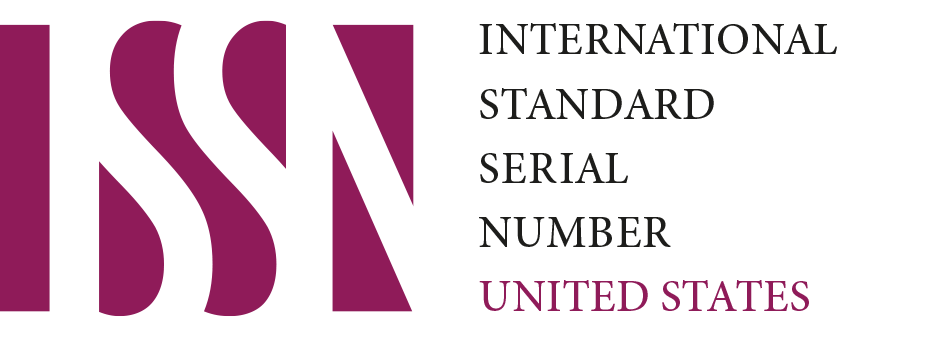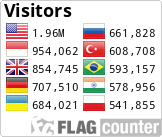Designing Teaching Models for Inclusion Education at Primary School Level
DOI:
https://doi.org/10.59613/global.v2i2.100Abstract
The aim of this research is to develop an inclusive learning model that is integrated with a differentiation learning model. The research method uses the ADDIE development model, with product testing in two ways, namely expert testing (learning model experts and special education experts) with assessment aspects, namely the learning model framework, learning model structure and learning guidebook and extensive testing using the experimental method (control class and experimental class) at an inclusive public elementary school in Tangerang Regency, Banten, Indonesia. The model feasibility assessment technique uses the Linkert scale for expert validation and experiments for extensive testing using N-gain calculation analysis. The results of this study show that expert validation assessments; the learning model framework gets a total score of 32 with a percentage of 100%, the learning model structure gets a score of 83 with a percentage of 94% and the learning manual gets a score of 24 with a percentage of 100%, the conclusion from the expert assessment is that the learning product is declared suitable for use. The results of extensive analysis tests based on the N-gain score at Elementary School 3 Balaraja were 82% and SDN 1 Telaga Sari were 71%. The conclusion from this extensive test is that the learning model product is effectively used in inclusive classes. The conclusion of this research is that the learning product developed is considered feasible and effective for use in large classes at the inclusive elementary school level.
Downloads
Published
How to Cite
Issue
Section
License
Copyright (c) 2024 Endang Iryani, Achmad Hufad, Isti Rusdiyani

This work is licensed under a Creative Commons Attribution 4.0 International License.














